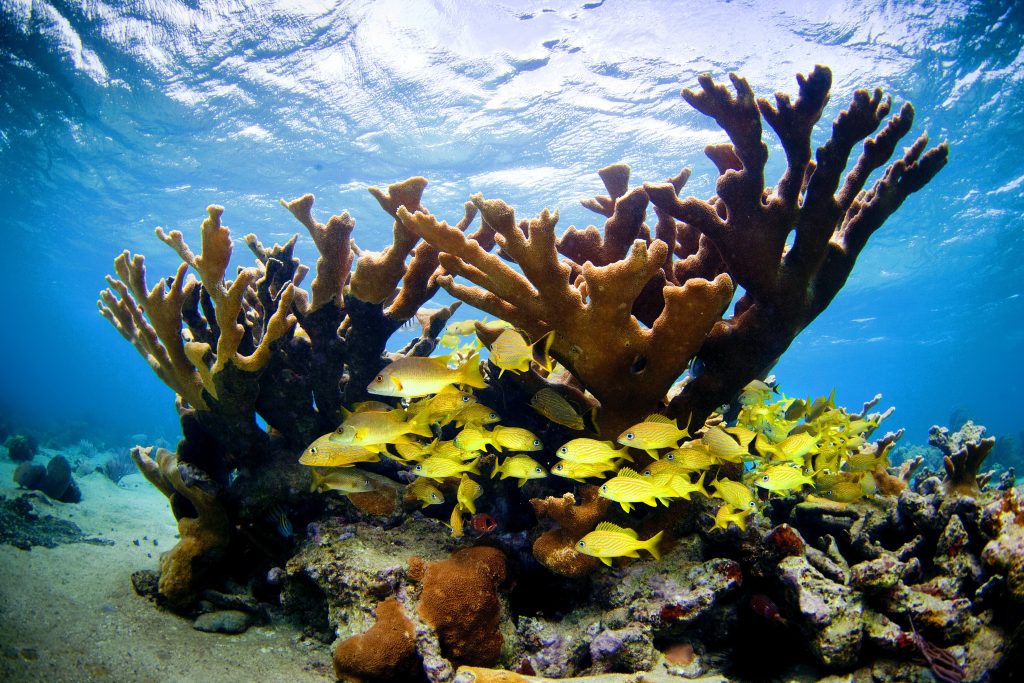Representation and Replication
Principle 2: Representation and Replication
Representation of the full suite of marine habitat types helps ensure that key elements of biodiversity (species, communities, and physical/oceanographic factors) will be represented in the network. MPAs that include representation and replication of habitats and communities in a well-connected network are more likely to persist and be resilient in response to climate change.
When assessing representation for MPA network design, three factors should be considered and included in the MPA or MPA network:
- Biodiversity composition: each habitat supports a unique community, and most marine animals use more than one habitat during their lives
- Biogeographic, geographic, and environmental gradients in habitats and species composition
- Ecosystem integrity: maintenance of the ecological processes of the system is as important as representing all habitats
By representing all habitats, managers ensure that habitats are protected for key fisheries species.

Healthy stands of Acropora palmata in a marine reserve in Cuba. Photo © Ian Shive
Risk-spreading through inclusion of replicates of representative habitats
Climate change and other stressors will not impact marine species and habitats equally everywhere; therefore, strategies for spreading the risk must be built into MPA network design. To spread the risk of losing one habitat type in a bleaching event or other natural disaster, managers should protect multiple examples (replicates) of the full range of marine habitats, and spread them out to minimize the chance that they will all be wiped out by the same disturbance.
Replication is the inclusion of multiple samples of habitat types in MPAs and networks. Replication of protected resistant and resilient coral communities at multiple sites increases the probability that some will survive and can support the recovery of affected areas. Replicate MPAs enable the dispersal of marine species between areas. Many marine species exchange larvae with adjacent populations. Replicate MPAs can be designed to accommodate dispersal patterns of species and facilitate connectivity between the sites. Spacing considerations will also influence fulfilling the population exchange role of MPAs.
DESIGN RECOMMENDATIONS
Representation
- Represent 20-40% of each major habitat (i.e., each type of coral reef, mangrove, and seagrass community) in marine reserves, depending on fishing pressure and if effective fisheries management is in place outside reserves. ref
- No-take areas should encompass at least 30% of the management area (especially in areas with heavy fishing pressure or high human impacts). Lesser levels (but not less than 10%) can apply in areas with historically low fishing pressure, but if the goal is to protect species with lower reproductive output or delayed maturation (e.g., sharks or some groupers) more area will be required.
Replication
- Replicate protection of each major habitat within at least three widely separated marine reserves. ref
